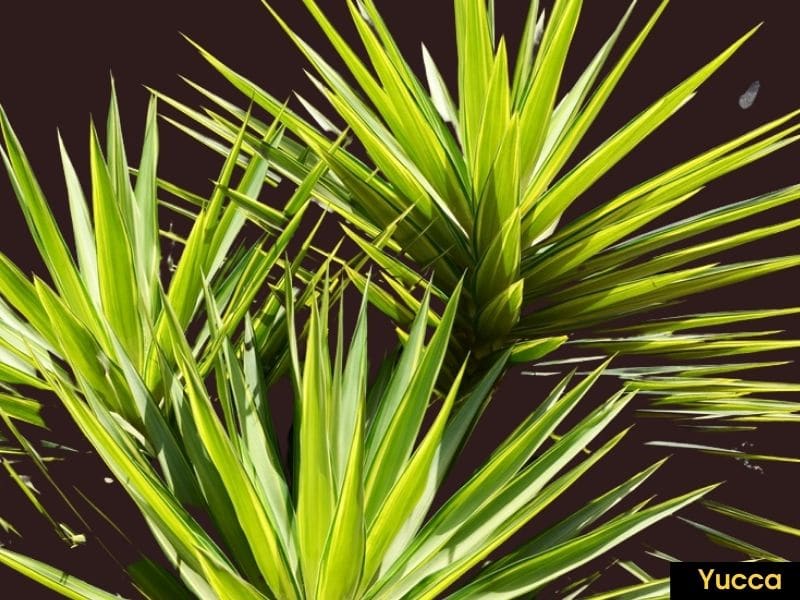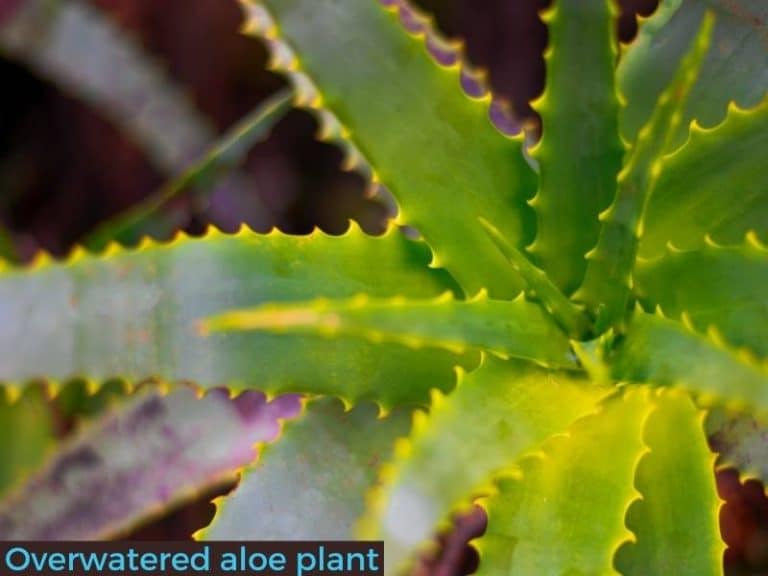Plants that Look Like Aloe Vera – 7 Succulents with Pictures
Aloe vera can be identified by its fleshy triangular leaves that can range from light to dark green in color. However, there are other succulents that resemble aloe plants that are worth knowing if you want substitutes. So, what plants look like aloe vera but aren’t?
Common plants that look like aloe vera include agave plant, yucca, haworthia, gasteria, and maguey. These succulents have rosette leaves that grow around the stem – some with spines on the edges. You can grow these plants indoors as alternatives to the aloe plant as they have similar growing needs.
Succulent plants that look like aloe vera
There are quite a few succulents that you can easily confuse for the aloe vera plant. These plants appear to have many similarities in terms of leaves, texture, and general appearance, but they are actually quite different.
Here are 5 plants that are similar to aloe vera:
1. Agave plant

The agave plant is a succulent that can be found in various colors. They often grow to look like aloe plants and their leaves are pointed at the tips, similar to those of the aloe vera succulent.
The agave plant also has thick leaves for protection against heat or cold, which makes them resemble the surface of an aloe vera leaf.
Here are a few identifying features of the agave plant:
- The fleshy leaves grow from the center of a rosette and are arranged in circular rows around it.
- Each leaf has two points opposite to each other, giving it a saw-like appearance.
Just like aloe plants, agave has fibrous roots that allow the plants to attach themselves to rocks or trees and create their own support system for growing vertically high above ground level.
Agaves are usually hardy enough and don’t require much care other than watering every week during periods of drought, so, their care is just the same as that of aloe vera plants in case you want to grow them as indoor plants.
2. Yucca
Yucca plants can also be mistaken for aloe vera. They are related to the agave plant, but they differ in their shape and leaves. Yuccas have a rosette of leaves that are known to be tough and sword-shaped. The flowers are whitish in color and are produced at the top of the stem in large terminal panicles.

The yucca plant has a trunk that is covered by bark, unlike most other succulent plants that either lack any bark at all or completely cover it with scales and spines.
However, both these features make them look very similar to aloe vera plants as well. The general texture of the leaf surface along with a smooth edge on each side gives it a rough appearance resembling those found on the bottom of the leaves of an aloe plant.
Yucca plants are also known for their ability to grow in arid regions, which may make them a good substitute if you live in a dry climate or your area doesn’t have any water available.
3. Haworthia
Haworthia plants are not only great substitutes to aloe vera, but they’re also much easier to grow indoors because their light requirements and watering habits are easy to meet. These plants share the same family classification as aloe plants.
Just like aloe vera plants, the leaves of haworthia grow into a rossette, emerging from the stem axis of the plant. The leaves have white bands that appear raised on the surface, which is why the haworthia is also called the zebra plant.
4. Gasteria
Gasteria also has fleshy leaves that are arranged in a rosette. These leaves are long with a rough texture and may have patterned markings and colors depending on the species.
They grow to about 12 inches or more and have green-gray foliage with an orange tint. The flowers of these plants can range from pink to yellowish in color and they usually bloom during fall months.
The blooms of gasteria succulents are much more similar to those of the aloe vera plant as well as haworthia, making them similar-looking plants that you can grow indoors.
Gasteria plants are also less sensitive to climate conditions, which means they can tolerate extreme temperatures and don’t need as much water as aloe vera plants.
5. Maguey
Maguey is a succulent that resembles a cactus in its appearance due to the thorny edges on the leaves, which is why most people think it is a cactus plant that resembles the aloe vera. It is an awesome houseplant for west facing windows due to its tolerance to low light.
Maguey plants are related to the agave plant. They can grow up to 20 feet in height depending on the variety, so it may seem like a different species altogether.
The leaves are long and broad with a shape resembling those found on aloe vera plants. The flowers bloom during late summer months (unlike aloe that blooms in late winter) and these have pink or white petals similar to most other succulent plants blooming at this time of year. However, the maguey plant is monocarpic, which means that it will only bloom once in its lifetime.
You can grow maguey plants indoors, just like aloe plants. However, be careful not to overwater the succulent as it can lead to root rot. In addition, provide bright indirect light, so a west-facing or south-facing window will be better for the plant than an east-facing window that provides mostly morning sun only.
6. Dryland Bromeliads (Dyckia and Hechtia)
Dryland Bromeliads are also succulent plants that resemble aloe vera.
Their leaves grow in rosettes and have a rough texture, making them similar to the yucca plant leaves which can be mistaken for an aloe vera leaf as well. Dryland bromeliads look like tall grasses with leaves coming from ground level while most other succulents will only form at their top.
The flowers of this plant bloom during springtime, but they’re not very showy. They usually produce white or pinkish petals and it may take years before you see any blooms on your dryland bromeliad.
The most common spiky bromeliads that have a close resemblance to aloe vera are dyckia and hechia.
7. Pineapple
Before forming the fruit, the pineapple plant can easily be confused with an aloe vera plant.
The leaves of the pineapple resemble those found on an aloe vera leaf, just like a yucca or gasteria leaves. Like these other plants on this list, they have leaves in a rosette form with sharp spines along the edges to protect the plant and the fruit.
Pineapple leaves are more rounded than the long oval-shaped leaves of most succulent plants while also having pointed ends instead of straight edges like you’ll find on most other plants in this family classification.
While some of these are spiky succulents that look like aloe vera, you want to make sure you’re growing them as indoor plants for the right reasons. Aloe is a medicinal plant, so substituting it with other succulents or even cacti that resemble it might not give you the same benefits.


